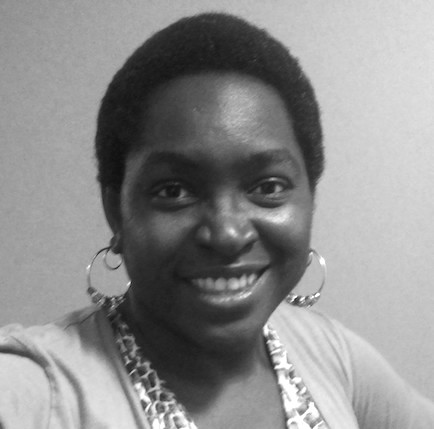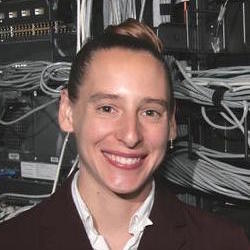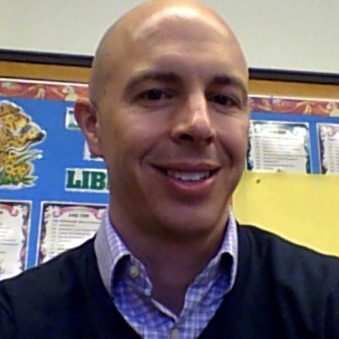LTEC @ SIGCSE 2017
April 20, 2017

The LTEC team kicked of the conference season with SIGCSE 2017 in Seattle, WA. A non-zero subset of us was not even ready for the hilly downtown area, but the greenery was a welcome sight after a long Illinois winter. SIGCSE really showed off with elegant events – true to its small, CS conference roots, despite this year’s record-breaking attendance of 1500+ people. There were lovely receptions and luncheons, daily snacks in the exhibit hall, and even a puzzle challenge that a pair of us excitedly completed. Team members were excited to present 3 papers and 1 poster at this year’s conference – 2 of which were LTEC-related. Links to our papers and presentation slides appear below.
|
Kathryn Rich, Carla Strickland, Diana Franklin SIGCSE '17 Proceedings of the 2017 ACM SIGCSE Technical Symposium on Computer Science Education, 2017 | |
   |
SPEAKER: Kathryn Rich
ABSTRACT: Research on appropriate topics and goals for computer science (CS) education in elementary and middle school has been ongoing for decades, but the recent movement toward CS for all requires the research community to gain a better understanding of what is most important to teach, to whom, and in what order. We conducted a literature review with specific attention to cataloging computer science learning goals that experts theorize are important to teach as well as learning goals that have been explored and researched with students in K-8. By mapping the former onto the latter, we discovered six categories of goals that are theorized as important but, according to our review, are yet to be researched with K-8 students. We discuss the potential implications of these gaps for future research. Slides |
|
Emerging learning progressions in K-5 integrated mathematics and computer science lesson plans Maya Israel, Todd Lash, and George Reese, and Jelena Pokimica University of Illinois at Urbana-Champaign |
|




|
SPEAKER: Todd Lash ABSTRACT: There is growing momentum to integrate computer science (CS) education across K-12, but there is little information about how this integration should take place (Grover & Pea, 2013). This is especially true in the elementary grades, as fewer studies have examined computing at these grades. Through a National Science Foundation STEM+C project, we are developing and studying learning progressions for integrated CS and mathematics at the elementary level. Our research examines how teachers are introducing CS concepts within mathematics as well as what computational concepts and practices naturally can be taught within the context of elementary mathematics. We are also examining how these emerging progressions align with the K-12 CS Framework and the new standards from the Computer Science Teachers Association (CSTA). Future aims are to develop a coherent set of learning progressions related to areas such as debugging, sequencing, looping, conditionals, and decomposition within mathematics topics such as geometry, fractions, and arithmetic number stories. Our research lays the groundwork for the development of learning trajectories that will guide curriculum developers and practitioners to understand how to teach students across grades K-5 computing within the context of their mathematics instruction. Poster |
| Using Upper-Elementary student performance to understand conceptual sequencing in a blocks-based Curriculum
Diana Franklin et al. UC Santa Barbara | |

|
SPEAKER: Diana Franklin ABSTRACT: As more elementary schools commit to integrating computer science instruction into K-6 curricula, they seek guidance on what concepts are appropriate for students at different grade levels, and to what depth they should be covered. Currently, little is known about how best to sequence computer science learning across elementary grades. In this paper, we present an analysis of 123 students’ (age 9-12, grades 4-6) activities in a curriculum implemented in a visual block-based programming language. Our goal is to better understand the developmental appropriateness of foundational computer science ideas. All 4th, 5th, and 6th grade students in a single school completed the first module of the curriculum during the same school year with the same instructor. We analyzed each task students attempted and found that for simple concepts, there was little difference in performance between grade levels, while more complex topics, such as breaking down actions and initialization, were easier for older students. A closer look reveals that students understood the basic concepts, but were challenged by both non-CS skills and deeper applications of the basic concepts. This work serves as an empirically grounded investigation of elementary computer science learning and contributes to our understanding of computer science trajectories and concept sequencing in the late elementary grades. Slides |
| Assessing Children's Understanding of the Work of Computer Scientists: The Draw-a-Computer-Scientist Test Diana Franklin et al. UC Santa Barbara | |
 |
ABSTRACT. We developed the Draw-A-Computer-Scientist-Test (DACST) to better understand elementary school students’ conceptions of computer scientists and the nature of their work. By understanding how young children perceive computer scientists, we can broaden their ideas about the activities and images of computer scientists. We administered the DACST to 87 fourth-grade students (ages 8-9) as a pre- and post-assessment to a computer science curriculum. All students attended the same school and were taught by the same female teacher. Before the curriculum, we found that students most often drew male computer scientists working alone, and featured actions that were connected to technology in general (e.g., typing, printing), but not specific to computer science. After the curriculum, more female students drew female computer scientists than before, and the featured actions were more specific to computer science (e.g., programming a game). We also share insights about the classroom-learning environment that may have contributed to changes in students’ understanding of computer scientists and their work. |
As if all that was not enough, during the structured breaks, we continued working furiously on the proposal for the next phase of our project. Here is a “candid” (read: totally staged) photo of one of our impromptu group work sessions.
SIGCSE 2017 is in the books! Stay tuned for NCTM 2017, AERA 2017, and ICMT-2.
As always, please feel free to use the comments section with any feedback!